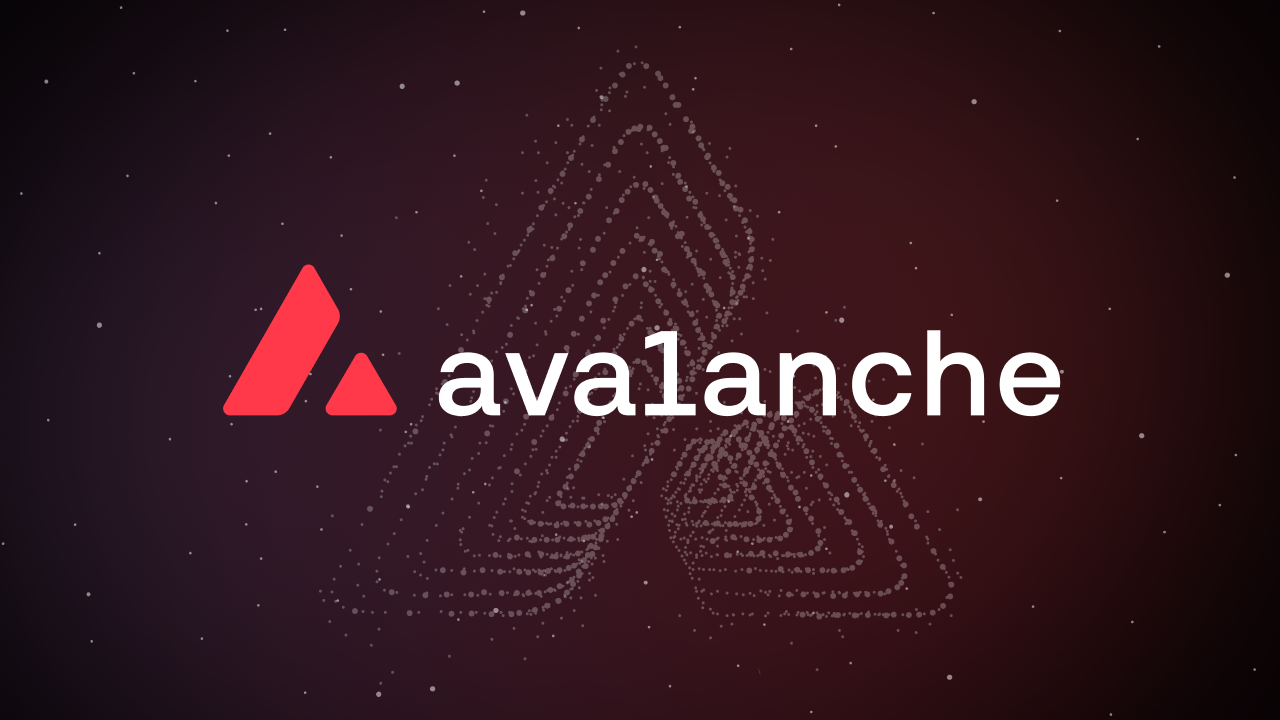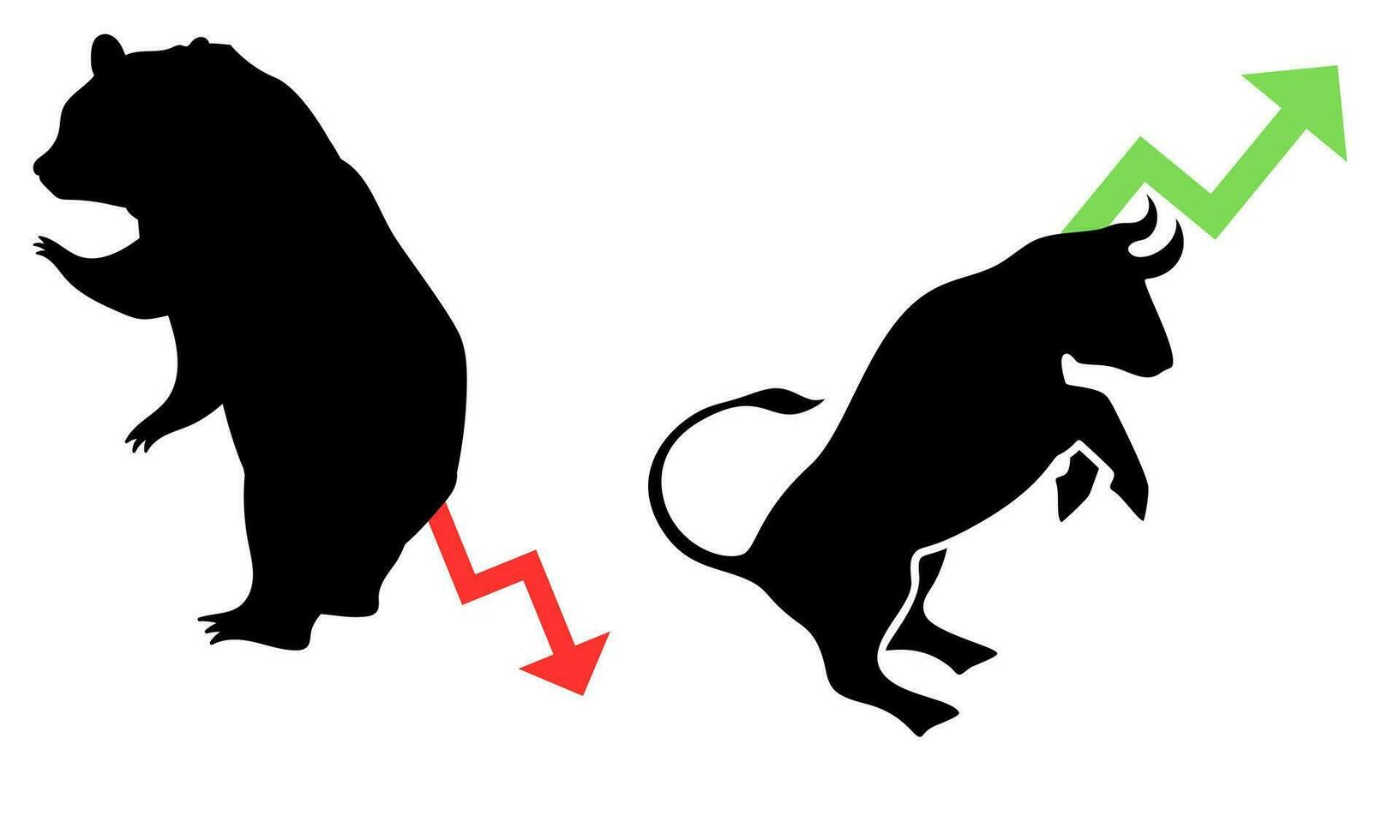Avalanche defies blockchain limits with blazing speed and massive scalability—but can it truly outpace Ethereum’s dominance? The future is uncertain.
Avalanche Crypto has stormed the blockchain scene with a promise that sounds like a fantasy for crypto enthusiasts: high speed, low costs, and massive scalability. But what exactly is it? And why are so many developers and investors suddenly flocking to this network?
At its core, Avalanche is a decentralized platform like Ethereum or Bitcoin. Yet, it sets itself apart by employing a novel consensus mechanism that dramatically improves transaction speed and security. According to Cointelegraph, Avalanche’s consensus model, known as Avalanche consensus, “is designed to process thousands of transactions per second, all while maintaining decentralization and security.” This means no more painfully slow confirmations or sky-high fees, which has long been a pain point in the crypto world.
“Avalanche consensus is a breakthrough in blockchain technology, achieving both high throughput and low latency without compromising on security,” said Emin Gün Sirer, co-founder of Ava Labs, the company behind Avalanche.
Technically speaking, Avalanche doesn’t rely on energy-hungry proof-of-work like Bitcoin. Instead, it uses an innovative blend of proof-of-stake with a unique voting system among nodes. This allows the network to finalize transactions in under two seconds — a speed that makes many other blockchains look sluggish. Imagine sending money or executing smart contracts almost instantly. That’s Avalanche in action.
But Avalanche doesn’t stop there. One of its game-changing features is the Subnet architecture. Subnets are like mini-blockchains operating under Avalanche’s umbrella, each with customizable rules and applications. Think of them as tailor-made blockchains designed for specific purposes, from small dApps to massive enterprise solutions.
As highlighted by Decrypt, “Subnets enable developers to deploy custom blockchains while still taking advantage of Avalanche’s robust security and consensus model.” This means a company can build a private blockchain for internal use yet benefit from the same security standards as Avalanche’s public network.
Why does this matter? Well, scalability has long been the Achilles’ heel of smart contract platforms. Ethereum’s bottlenecks and high gas fees serve as a real-world reminder. Avalanche offers a practical answer by allowing multiple subnets to run in parallel, thus distributing network load and facilitating growth without congestion headaches.
“The subnet model allows for near-unlimited scaling, because each subnet can process transactions independently,” explained Ava Labs’ documentation.
From the perspective of developers and businesses, Avalanche presents a compelling blend of speed, flexibility, and security. For the burgeoning world of decentralized finance (DeFi) — where speed, cost, and liquidity are king — Avalanche offers rapid finality and cheap transaction costs. This has attracted many projects seeking alternatives to older blockchains bogged down by slow throughput and excessive fees.
Moreover, Avalanche’s compatibility with the Ethereum Virtual Machine (EVM) makes it easy for developers familiar with Ethereum tools to migrate or build on Avalanche without steep learning curves. This lowers barriers and accelerates adoption.
For those interested in the nitty-gritty of the technology, Avalanche employs multiple built-in blockchains. The X-Chain handles asset creation and exchanges, the C-Chain is EVM-compatible and used for smart contracts, and the P-Chain manages the platform’s metadata and staking. This multi-chain model is essential for Avalanche’s scalability and strong performance.
Of course, no platform is perfect. Critics have pointed out that Avalanche’s proof-of-stake model might lean towards centralization risks if a few validators gain outsized control. Still, the team behind Avalanche is actively working on improvements and expanding the validator community.
When compared with giants like Ethereum or newer entrants such as Solana, Avalanche stands out by striking a balance between decentralization, security, and performance. For industries eyeing blockchain tech for enterprise-grade applications, Avalanche’s subnet framework represents a flexible, scalable playground.
Summing it up: Avalanche Crypto is a next-generation blockchain platform built on unique consensus technology, offering blazing transaction speeds, customizable subnetworks, and practical scalability. It’s creating buzz for a good reason.





